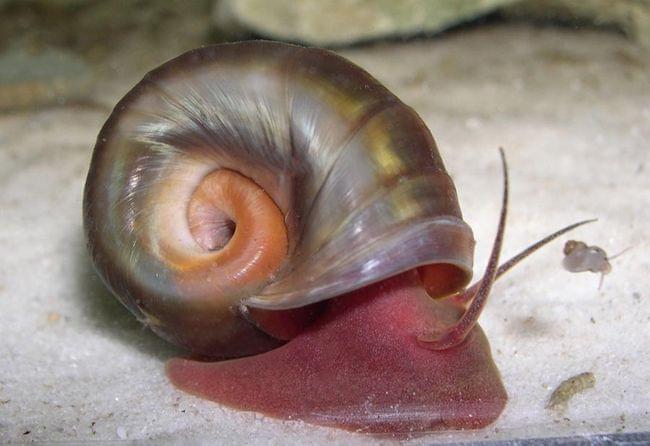Native freshwater snails (gastropods) are a highly diverse and globally imperiled fauna. Throughout North America and in North Carolina in particular, there are numerous imperiled snail species and one, the Magnificent Ramshorn (Planorbella magnifica), is currently a candidate for listing as threatened or endangered under the U.S. Endangered Species Act. The Magnificent Ramshorn is a large air-breathing snail endemic to four lentic systems in the Cape Fear River basin of southeastern North Carolina. It was last documented in sampling conducted in 2004 and based on the results of recent repeated surveys by qualified species experts, there appear to be no extant populations of Magnificent Ramshorn remaining. The failure to detect the species in surveys to date in the species’ historical habitat and suitable habitat in surrounding areas indicates that the species is likely extirpated in the wild. However, captive populations of the snail are being held at three separate (ark) locations in North Carolina to prevent extinction; one in our laboratory at NC State University, one at the NC Wildlife Resources Commission Marion Conservation Aquaculture Center, and one at the Coastal Plain Conservation Group.

We and these other two facilities have used basic aquatic culture techniques to sustain the captive populations through multiple generations, but additional research and testing is urgently needed to improve and expand their culture, propagation, and eventual restoration back into the wild. In this project, we will conduct research that will enhance captive propagation methods, the understanding of water quality and habitat characteristics influencing their survival, growth and reproduction, the genetic consequences of small population sizes, and the restoration and monitoring of Magnificent Ramshorn snails reintroduced into the wild.
